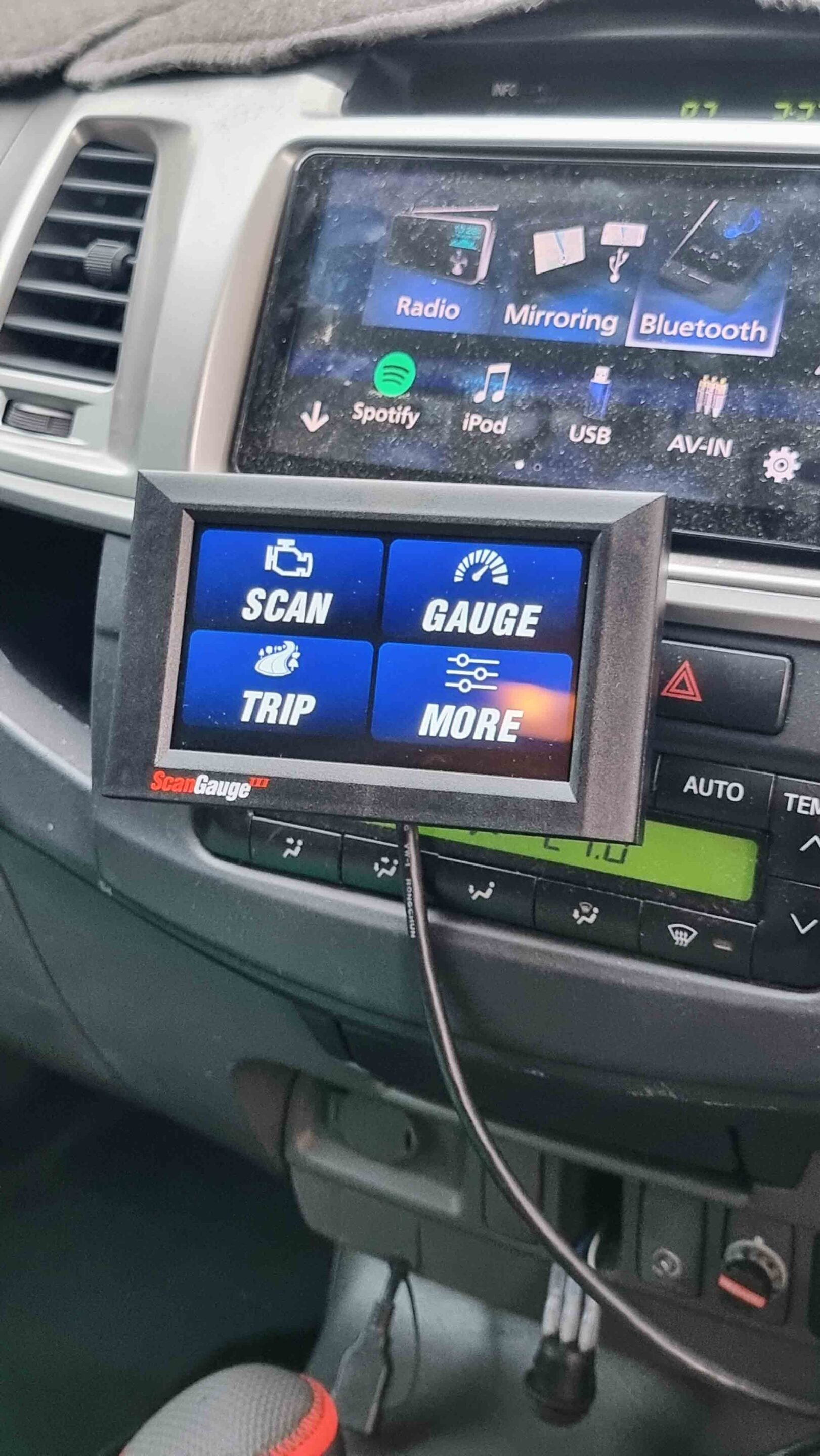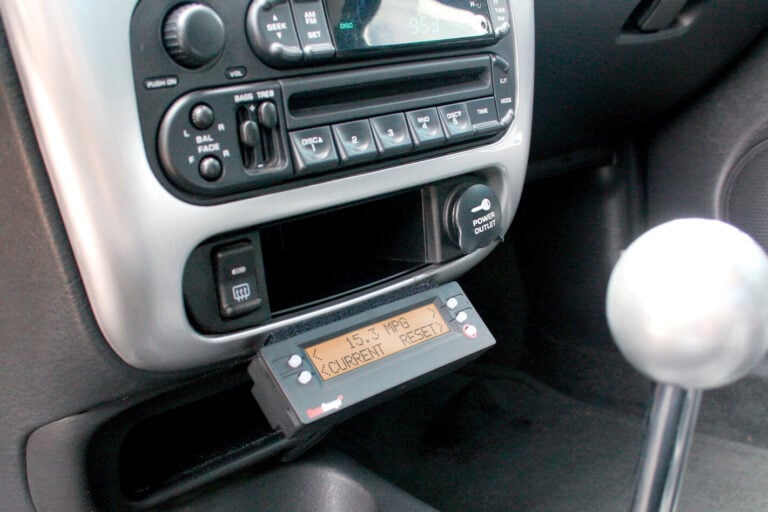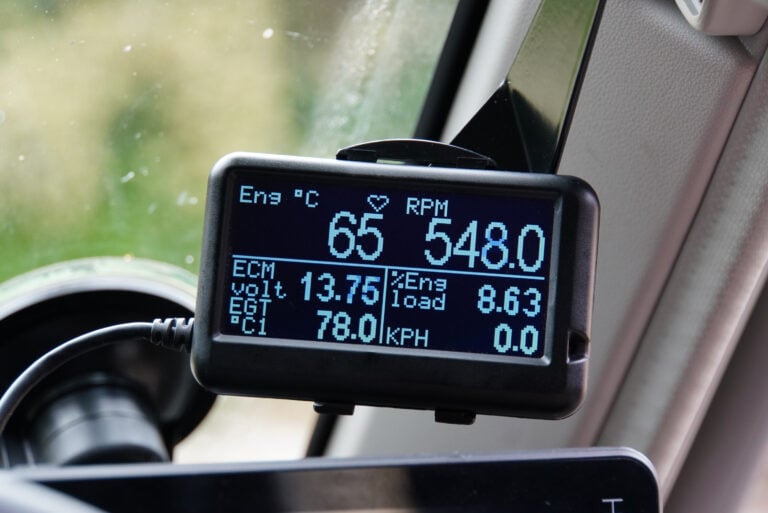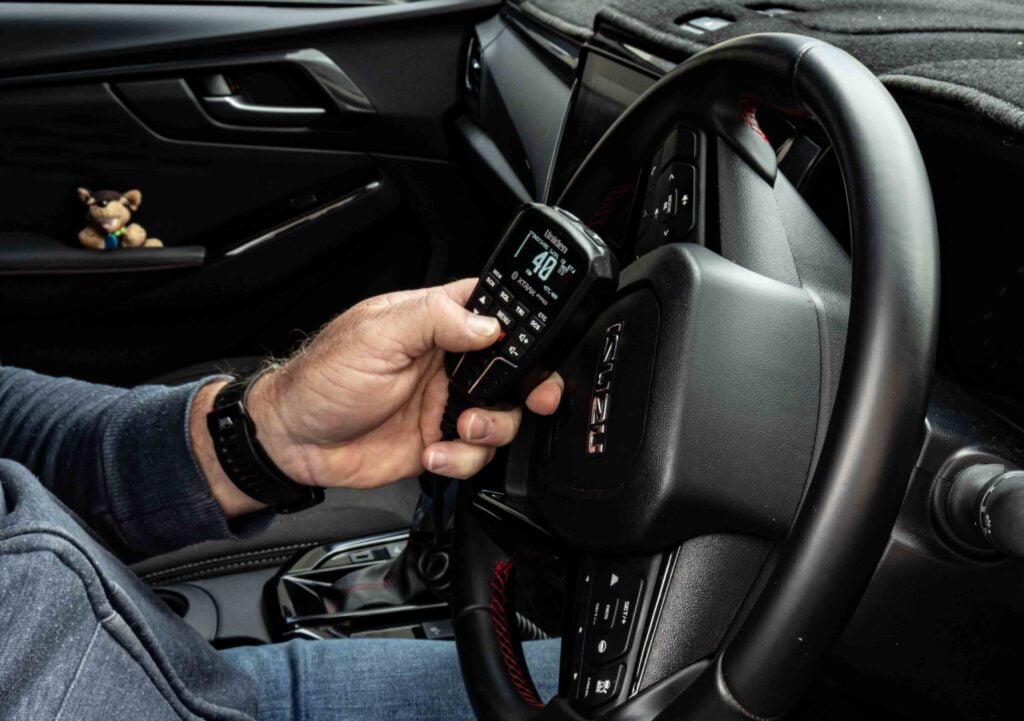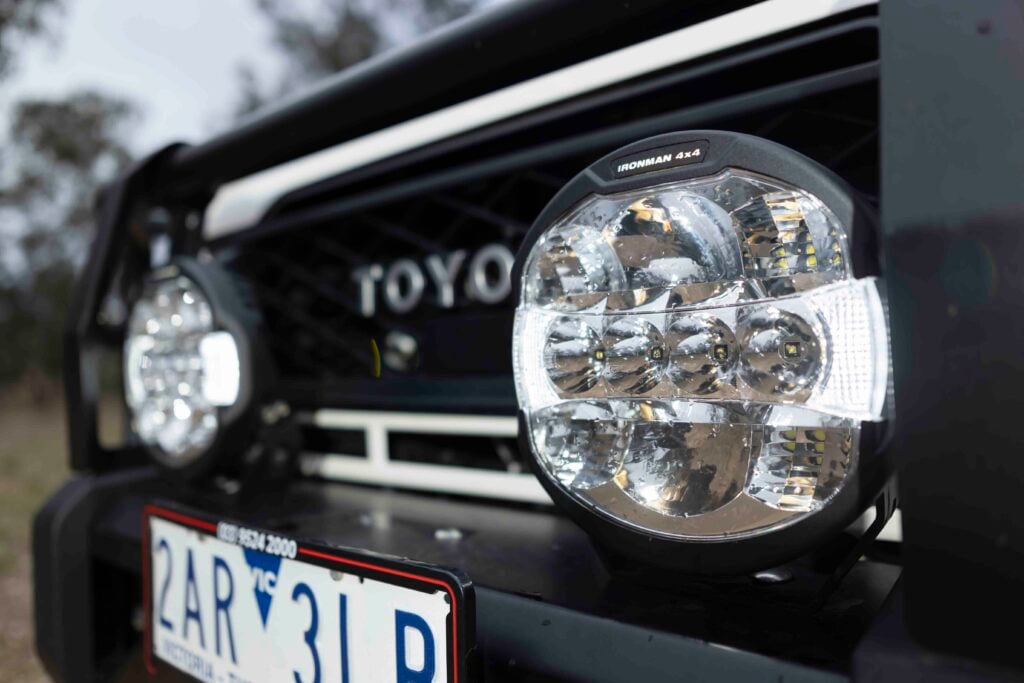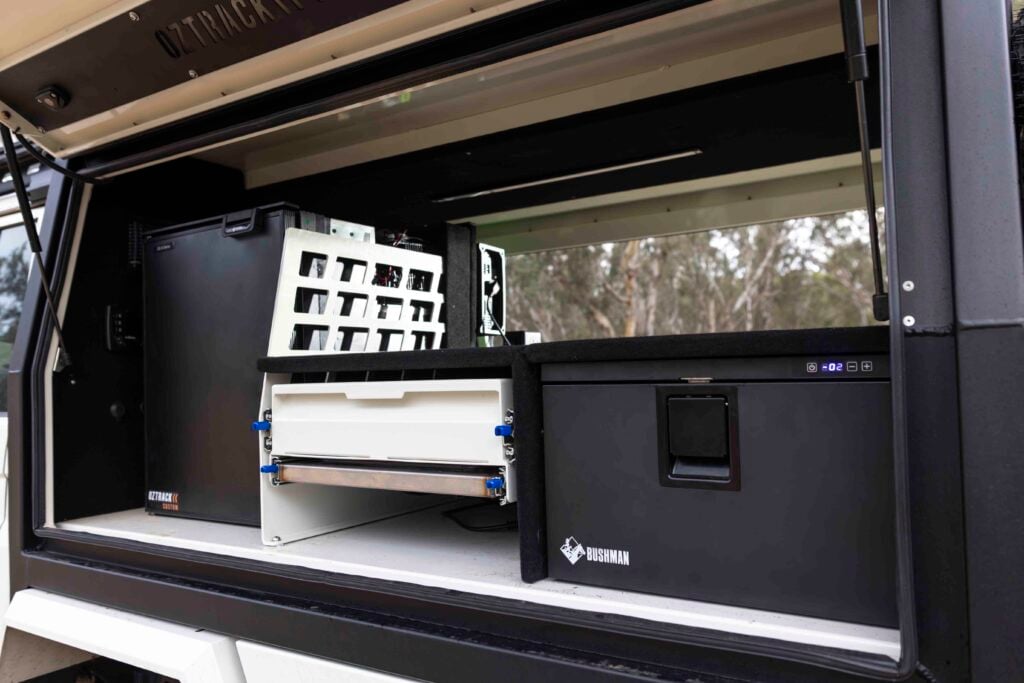In this day and age of high-tech, computer-controlled, electronic diagnostic capabilities of modern 4x4s, it makes sense… and cents… to carry a diagnostic tool for roadside troubleshooting. But wait, there’s more.
Not only is my new toy – okay, let’s call it a tool – capable of scanning my 4×4 for error codes, telling me what the code is and clearing that code, but it’s also a powerful set of gauges that’ll tell me everything about my vehicle while driving. For instance, ScanGauge 3 will advise me on my instant and average fuel consumption, distance to empty, MAF sensor readings, engine and air intake temperature, trip average speed, trip cost, throttle position sensor and more.
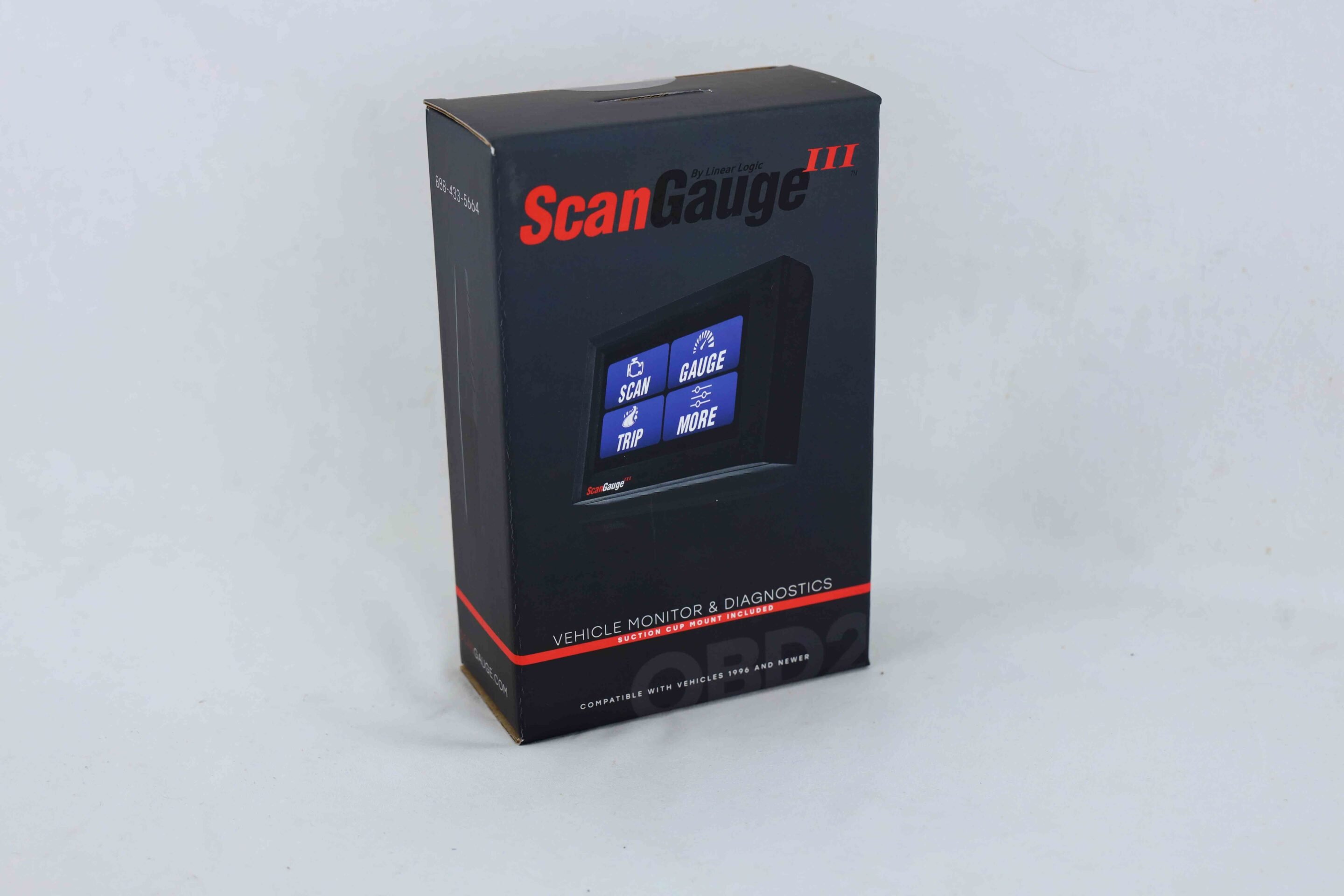
Vehicle-specific gauges can also be added to track transmission and oil temperature, extra trip data and other information. Once the setup is complete, you only need to scan your vehicle to access these extras – it’s automatic and it’s easy.
The capacitive touch screen is customisable for colour, various alarms and configuration of gauges, with up to nine gauges per screen to allow for personalisation. With visual and audible alarms, plus the ability to preset parameters, you won’t need to always watch the gauge. If something is amiss, it’ll let you know immediately with all the information required to assess the situation.
Multi-vehicle
Initially, I’ll be using my ScanGauge 3 in my 2013 turbo diesel HiLux. When I head out on a big trip in my home-on-wheels 4×4 converted HiAce campervan, I unplug the gauge from the HiLux OBD2 port and plug it into the HiAce port. Plus, I can also plug into my wild customised 4×4 Holden One Tonner – one man can never have too many 4x4s! While I’ll have to preset a few parameters on each vehicle to make the most of the tool, the same gauge can be used in most vehicles.
If, by chance, I’m out and about and find a stranded vehicle, I can plug the ScanGauge 3 into that vehicle’s OBD2 port (most vehicles built from 2010 onwards have one) for a diagnosis and to clear any error codes. That’s not to say we will be able to fix or rectify a major problem, but at least we might be able to make the vehicle driveable, to enable it to get to a mechanic.

Clearing not fixing
One thing we all need to remember when searching and clearing error codes is that by clearing the code, we are not always fixing the underlying problem. At times, when an error is cleared, the fault will not reappear. But, say it originated from a wet or bad contact in the wiring system and that moisture has dried out, clearing that code will more than likely ensure it does not reappear.
If the error is something major, the error code will most likely reappear. At least with ScanGauge 3, it’ll explain the error code, which points you in the right direction when searching for the physical fault. If you can then fix the actual problem, then bingo, the gauge is worth its weight in gold. Even if you can’t fix the underlying fault, having this testing and diagnostic tool on board is priceless.
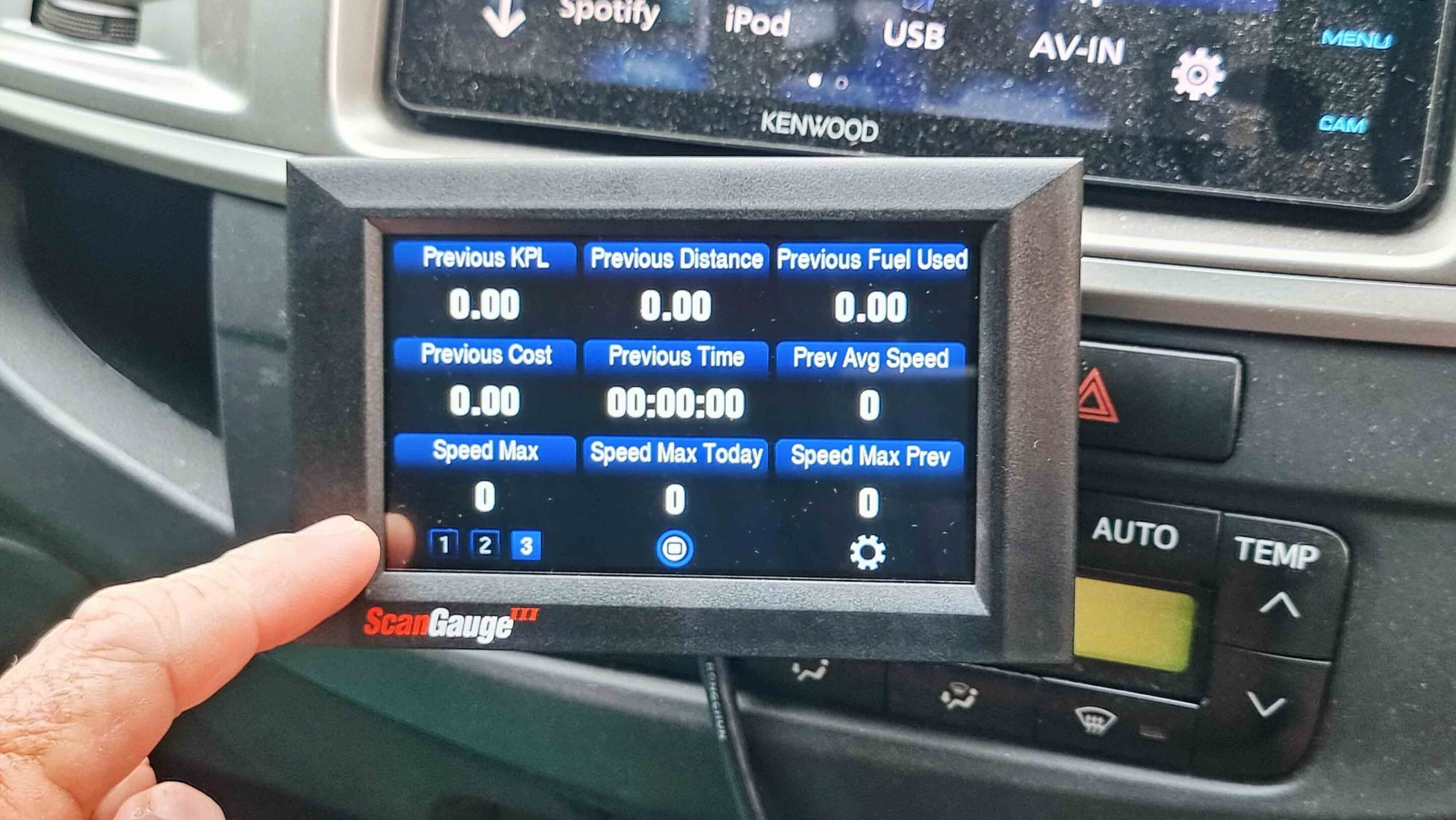
Reducing anxiety
I’ve been reading the ScanGauge 3 outputs for fuel economy and distance to empty on both vehicles to date. It’s been a boon in the HiAce, as it sports a 175-litre fuel tank and the readout on the dash’s fuel gauge thinks it’s still operating with a standard small tank. Knowing exactly how much fuel I have on board and how much further I can push on through remote areas with few fuel stops is perfect, and it minimises stress and anxiety levels knowing the amount of fuel I have left.
No tools are required to fit this gauge. It’s simply a matter of plugging into your OBD2 port, running the 1.8m cable up to the dash or screen, or where you want to fit the gauge with the supplied suction mount. Power is taken from the OBD2 port, so no batteries are needed. Best of all, the gauge automatically determines your vehicle’s protocol and connects ready for use. That means there is nothing for the user to program in order for the unit to start working on your vehicle.

